Discuss socioeconomic status, being homeless, and hunger in America with these children’s books about poverty. Includes picture books and chapter books.
For our Multicultural Children’s Book Day Classroom kit this year, we are exploring poverty through a book list, activities, discussion guide and posters. This book list was crowdsourced during our January 27th, 2018 Twitter Party.
We hope to expand the list to include more books on rural poverty and intergenerational poverty. Can you please help us build this list? Thank you!
p.s. We also have a Classroom Kindness Kit and a Classroom Empathy Kit that explores Immigration and the Refugee Experience.
28 Children’s Books To Understand Poverty
A Different Pond by Bao Phi, illustrated by Thi Bui
–> for understanding the poverty experienced by some new immigrants
A Vietnamese boy and his father go fishing in the middle of the night. This is not for recreation; it is for feeding their family. His father works several jobs. His mother also works. The boy also takes responsibility for his siblings when his parents are at work.
This is a dignified portrait of new immigrants and how hard they work to get established in a new country. Despite working around the clock, the family is grateful for what they have and for their time together. [picture book, ages 4 and up]
Tar Beach by Faith Ringgold
–> for understanding structural racism and how this creates a circle of poverty
Cassie Louise Lightfoot, only eight years old and in third grade, dreams of flying as she sleeps on “Tar Beach”, the rooftop of her building. If she can fly, then she can fly over bridges and buildings and claim them for her own.
This is important to her because her father, a steel worker, is not allowed in the union because of racism. It makes finding work during the winter difficult for her father, stressing the family financially. But tonight, her family is celebrating with a picnic on the beach with their neighbors.
Additional information about artist and author Faith Ringgold is on the back matters page, including her illustration style of the book as a story quilt. [picture book, ages 4 and up]
Maddi’s Fridge by
–> for understanding food insecurity and how to help
This is the perfect picture book for understanding food insecurity. Sofia inadvertently discovers that her friend Maddi has a nearly empty fridge. The milk inside must be saved for Maddi’s younger brother.
Sofia promises Maddi that she won’t tell anyone, but how can she help her friend? Is it ok to break her promise? The back matter lists ways to help friends who have empty refrigerators. [picture book, ages 4 and up]
A Chair for My Mother by Vera B. Williams
–> for understanding the working class and how setbacks like a fire can derail a family
After a fire in their apartment, a multi-generational family of a girl, her mother, and her grandmother lose all their possessions, and their community pitches in to help them out. Even with this generous help, they are without a sofa and armchairs.
They carefully save coins in a large jar for a new armchair which takes them well over a year. Now, the time has come to pick out the perfect chair and bring it home. It is enjoyed all day by each member of the family. An uplifting story of love and resilience against adversity. [picture book, ages 4 and up]
Uncle Willie and the Soup Kitchen by DyAnne DiSalvo
–> for understanding food insecurity and the growing needs of the hungry in our neighborhoods
Uncle Willie works at the soup kitchen and brings his nephew there to visit on his day off from school. Along the way, they see one of the guests at the soup kitchen; a man collecting cans for money. The boy notices a woman sleeping on a park bench and feels sad for her.
They pick up supplies as they walk to the soup kitchen, and then they both help with the day’s food preparations. It’s busy when it’s time to serve the food, one hundred and twenty-one guests get served that night. Use this book to talk about food insecurity and how not just the homeless experience hunger. [picture book, ages 4 and up]
The Can Man by Laura E. Williams, illustrated by Craig Orback
–> for understanding how homelessness happens to those around us
Tim wishes for a skateboard for his birthday but he knows that his parents can’t afford it. Watching a homeless man collecting cans gives him an idea to raise the money himself. While people refer to him as The Can Man, Tim’s parents remember him as their neighbor, Mr. Peters, who is down on his luck.
Tim collects cans for a week, uneasy at the knowledge of taking the cans away from Mr. Peters. When it’s time to cash in the cans, Tim decides to gift the money to Mr. Peters instead. On this birthday, his kindness is repaid. [picture book, ages 5 and up]
Still a Family: A Story About Homelessness by Brenda Reeves Sturgis, illustrated by Jo-Shin Lee
–> for understanding homelessness experienced by families
For a young girl and her parents who live in different homeless shelters, being a family means more than living under one roof. They still spend time as a family at the park, playing hide-and-seek and playing in the playground.
The girl still remembers her room at her old house and it’s this that she wishes for on her birthday. [picture book, ages 4 and up]
Fly Away Home by Eve Bunting, illustrated by Ronald Himler
–> for understanding homelessness experienced by families
Andrew and his dad live in an airport because they are homeless and it’s safe and warm. They have to be careful not to be caught though. Eve Bunting is always careful to leave a window of hope open. Andrew spots a bird stuck in the airport and wills it to escape.
When Andrew gets upset about not having a home, he remembers the bird.
It took a while, but a door opened. And when the bird left, when it flew free, I know it was singing.
[picture book, ages 4 and up]
Yard Sale by Eve Bunting, illustrated by Lauren Castillo
–> for understanding losing one’s house and having to move away to an apartment
It’s hard to have all your things spread out and for sale in a yard sale, but the new apartment in the city that Callie and her family are moving to is small. Their things won’t fit, like her bicycle which is hard to let go of. When a woman asks jokingly if Callie is for sale, she panics. Is she for sale?
Not for a trillion dollars, her parents reassure her. After the yard sale, they go back into the house. Callie feels ok now that their things are gone because a home is about those you love, not your possessions. [picture book, ages 4 and up]
Those Shoes by
–> for understanding peer pressure when you are the one who can’t afford “cool” shoes
“Want” versus “need” means that Jeremy’s dream of those black high-tops with two white stripes won’t come true since he needs winter boots. But every one in his class seems to be getting those shoes.
When Jeremy’s shoes fall apart, the guidance counselor gives him a new pair, but it has velcro straps and a cartoon animal on it. A trip to a thrift store scores a pair of those black high tops, though they are a little too small.
He buys them anyway with his own money and wears them limping until he has to switch back to the velcro ones. Jeremy notices that Antonio’s shoes are taped up and his feet are smaller, but he just can’t let those shoes go. Or can he?
This picture book has themes of peer pressure, friendship, and sacrifice. [picture book, ages 4 and up]
If the Shoe Fits by Gary Soto, illustrated by Terry Widener
–> for teaching gratitude when hand-me-downs come from a place of love
Rigo has a large family with three older brothers and he doesn’t mind the noisy house. It’s the hand-me-downs that he hates. For his ninth birthday, he gets brand new shoes. He gets bullied for putting nickels in his penny loafers which makes him reject his shoes.
Still, by the end of summer, he decides to wear them to a party even though they are too small. When he gets home, he notices that his uncle who lives with them, could use them. His uncle doesn’t mind that they are used and fits two centavos into the slots.
That’s what Rigo will do if he ever gets loafers again! [picture book, ages 4 and up]
Coat of Many Colors by Dolly Parton, illustrated by Brooke Boynton-Hughes
–> for understanding rural poverty
Now, I know we had no money,
but I was rich as I could be
in my coat of many colors
my mama made for me …
There’s no money to buy a coat and winter is on the way, so a girl’s mother makes her a coat from a box of donated rags. The kids at school make fun of her homemade coat, but the girl feels warmed both by the coat and her mother’s love. This is Dolly Parton’s true story. [picture book, ages 4 and up]
The Youngest Sister by Suniyay Moreno, illustrated by Mariana Chiesa
Moreno, illustrated by Mariana Chiesa
–> for understanding poverty in South America.
For Picu’s family, a marrow bone is a luxury. As the youngest sister, she got the task of borrowing the marrow bone from a neighbor far away. When she finally arrives, her neighbor tells her that she and her family may keep the marrow bone as it’s been boiled so many times by other families that there is almost nothing left but the bare bone. Still, the bone is a treasure to Picu. She dawdles back imagining who will get the prize once her family has boiled the bone for the last time. When she finally reaches her home, very late and worried about being punished, she gets an unexpected prize. [advanced picture book, ages 5 and up]

 The Hard-Times Jar by Ethel Footman Smothers, illustrated by John Holyfield
The Hard-Times Jar by Ethel Footman Smothers, illustrated by John Holyfield
–> for understanding migrant workers and how books are a luxury for some children
The hard-times jar is for emergencies not for extras like the real book that Emma longs for. Today, instead of joining her family in picking apples, she is going to school. Emma would rather work to earn money for a store-bought book. Still, she goes to school.
Her teacher shows Emma the class library. There are walls and walls of books! Emma isn’t supposed to bring books home but she slips two into her sweater. Her mother discovers her book stash and makes her apologize to her teacher. All is forgiven.
When Emma gets home, her mother has a gift for her from the hard-times jar because what Emma did to own up was hard. This picture book is based on the author’s childhood. [picture book, ages 4 and up]
Miss Maggie by Cynthia Rylant, illustrated by Thomas DiGrazia
–> for understanding rural poverty
Maggie Ziegler lived in a rotten log house near Nat Crawford’s pasture. Her garden didn’t grow much, but she harvested what little there was. One winter day, Nat noticed that there wasn’t smoke coming out of her chimney and went to check on her.
He finds her nearly frozen, clutching a frozen pet bird. It’s clear that she needs help, so he brings her to his home. In the way that neighbors help out their neighbors in Appalachia, she gets back on her feet. [picture book, ages 7 and up]
 A Bike Like Sergio’s by Maribeth Boelts, illustrated by Noah Z. Jones
A Bike Like Sergio’s by Maribeth Boelts, illustrated by Noah Z. Jones
–> for doing the right thing when finding a large sum of badly needed money
Every kid has a bike except Ruben. He knows he can’t wish for one for his birthday. Money is too tight in his family. When he finds a dollar bill at the grocery store, he doesn’t chase down the owner. It’s just a dollar. But when he gets home, he discovers it’s actually a hundred-dollar bill! It’s enough to buy a bike!
But when he loses the hundred-dollar bill before finding it, he realizes how terrible that feeling is. When he sees the lady in the blue coat who lost the bill, he decides to give it back to her. [picture book, ages 4 and up]
Community Soup by Alma Fullerton
–> for learning about community gardens at schools in Kenya
Kioni and her friends are gathering vegetables from their school community garden for soup when her goats appear. They have followed her to school today! Kioni is annoyed but her classmate has a great idea.
Instead of adding the goats to the soup, add their milk instead! Recipe included for pumpkin vegetable soup. [picture book, ages 4 and up]
The Hundred Dresses by Eleanor Estes, illustrated by Louis Slobodkin
–> for understanding girl bullying of those who don’t have fashionable clothes
This Newbery Honor book was written in 1944 but it’s still relevant today. The author’s daughter said that her mother, who grew up in West Haven, Connecticut where the story takes place, was Maddie in this story.
Maddie was a bystander while her friend, Peggy, bullied a girl in a shabby dress who claimed to have one hundred dresses in her closet. Like the girl in the story (Wanda), this little girl moves to New York City, but the author never gets a chance to tell her how sorry she is.
Instead, she writes this book. [chapter book, ages 8 and up]
The Family Under the Bridge by Natalie Savage Carlson, illustrated by Garth Williams
–> For understanding homelessness in another country
A hobo, Armand, slowly changes his ways when he meets three children and their mother who are newly homeless, and join him under the bridge.
This book romanticizes homelessness through the depiction of Armand and implies that this is a decision he has chosen that is balanced by the mother and her three children who are homeless through eviction.
It’s suitable for a younger audience, but you may want to pair it with a picture book such as Still a Family: A Story About Homelessness or Fly Away Home. [chapter book, ages 7 and up]
Everlasting Nora by Marie Miranda Cruz
This book centers on Nora, who lives in the real-life shantytown inside the Philippines’ Manila North Cemetery. When a family tragedy results in the loss of her dad and home, Nora discovers compassion, community, and unrelenting hope in the most unexpected places. [middle grade, ages 8 and up]
The Bridge Home by Padma Venkatraman
To escape their physically abusive father, sisters Viji and Rukku must leave their mother and live on the streets of Chennai, India, where life is dangerous. They meet two homeless boys, Muthi and Arul, under a bridge and take care of each other. But when Viji’s sister Rukku gets sick, she must decide to seek help from strangers and risk the life she’s created. [middle grade, ages 8 and up]
Crenshaw by Katherine Applegate
–> for understanding how a family can slip into homelessness and the trauma it wreaks on children
It’s a slow sink into homelessness, but a hard scramble back up. Applegate’s chapter book captures the stresses it puts on a family, especially on the children. Going into fifth grade Jackson’s coping mechanism is an imaginary talking cat that pops up when he’s homeless.
Without pathos, but with a realistic portrayal of homelessness, this is a story that captures and opens your heart to those in need. [middle grade, ages 8 and up]
Just Under the Clouds by Melissa Sarno
–> for understanding homelessness and how the loss of a parent can change a family’s circumstances
After Cora’s father dies, her mother does her best to hold the family together. Her younger sister Adare has special needs because she was born without enough oxygen to her brain. They are living in a shelter that isn’t safe, and when they are robbed, they end up at her mother’s friend’s apartment.
Her mother doesn’t want to take handouts so that means they won’t be here for long. Cora’s struggling to maintain some kind of stability in her life, with her only connection to her father a diary of plants and trees.
She makes a friend at school who also lives unconventionally and discovers that friendships and dreams can still be attainable, even with the constant changes in her life.
Though this book feels weighty with sadness, it’s an honest depiction of the slide into homelessness caused by the loss of a parent. Cora is easy to root for but she also shows us how difficult maintaining a typical routine is when you are unrooted and underresourced.
It’s a little frustrating how her mother refuses any help, including free school lunches, and it’s unclear if Adare will get the special needs education that would benefit her.
There is a glimmer of hope in the end when they find more permanent housing, but there’s also this harsh reality in the background of the story of her mother making poor choices to pursue her dreams of becoming an artist and marrying the man that she loves. [middle grade, ages 8 and up]
Towers Falling by Jewell Parker Rhodes
–> for understanding homelessness and how mental illnesses can be the root cause of it
Deja is ten and her family of five live in a homeless shelter. She doesn’t understand why her father can’t work. At her new school, the curriculum explores home, community, and the two towers that were once visible from the school’s windows.
With two new friends, each also hurting in ways that Deja is just beginning to understand, they piece together why the tragedy of 9/11 still affects them deeply and personally today. [middle grade, ages 9 and up]
Front Desk by Kelly Yang
–> for understanding new immigrant poverty who are especially vulnerable to corrupt employers and the cycle of poverty from starting out at the bottom
Mia and her parents have immigrated from China to Southern California where they are struggling to make ends meet. Her parents take a job running a motel, but they are exploited by the evil owner, Mr. Yao.
Mia is learning English and dreams of many things including writing, but her mother thinks Mia can’t compete with native speakers and wants her to focus on math. The plot is fast-paced and touches on so many facets that are front and center right now: modern slavery, racism, police, and #BlackLivesMatter.
Throughout it all, Mia preserves with hard work, an indomitable spirit, a growing command of the English language, an ability to create a community, and a sense of justice that changes her family and everyone around her. This is a powerful book that every reader will both enjoy and benefit from! [middle grade, ages 8 and up]
Esperanza Rising by Pam Munoz Ryan
–> for understanding the plight of migrant workers as they tried to organize a union during the Great Depression
Many kids read this book in fourth or fifth grade as part of an immigration unit so it can also be revisited as part of a study on poverty, with Esperanza’s story of riches to rags that also ties into the migrant workers in California as they tried to organize into unions to improve their conditions during the Great Depression.
Further layers about root causes of poverty can be teased out of this book using the example of her family’s status in Mexico based on who owned large tracts of land and the socio-economic disparities inherently causing multi-generational poverty for those without land.
This can then be compared to other countries, including the United States. Ryan’s Newbery-winning book is based on her own mother’s story and is a rich reading experience that we highly recommend. [middle grade, ages 8 and up]
Paper Things by Jennifer Richard Jacobson
–> for understanding homelessness when it isn’t obvious
Ari and her older brother have left their guardian Janna’s house, but they don’t have a place to live. While her brother tries to secure an apartment for them, they couch surf and live in homeless shelters.
She could have stayed with Janna but that would have broken the cardinal rule that their mother wanted for them before she died four years ago which was to stay together always. Living out of her backpack makes Ari’s goals seem impossible, including getting into the gifted middle school. [middle grade, ages 10 and up]
Free Lunch by Rex Ogle
Review by Ms. Yingling Reads:
“In this fiction-style memoir, we get the real story of the author’s sixth-grade year. His family (which includes his mother, younger half-brother, and the brother’s father) struggles financially. Rex is mortified by being on free lunch, which is hard to hide from his friends when the lunch lady makes him give his name and identify that he is in the program every day. He also doesn’t like the thrift store clothing he wears, or the neighborhood in which his family lives. He wishes that grocery shopping wasn’t so painful; his mother won’t buy the “fun” food he wants because she often doesn’t have enough money for the entire order and sometimes must put items back. He does have friends at school, but they don’t know what is really going on in his life; even when they want him to play football and he can’t because of the money, he doesn’t tell them his reason. When things go from bad to worse, the family ends up in subsidized housing and receives food stamps, and several items, including Rex’s boom box, are pawned and not retrieved. The one bright spot in Rex’s life is his abuela, who visits and brings food, clothing, and gifts. Unfortunately, the mother, who has a violent temper, does not allow Rex to keep those things and goes so far as to throw away the food. Even though the teachers are not as supportive of Rex as they should be (he feels that one teacher, in particular, discriminates against him because he is poor, and she eventually apologizes for the way she has treated him), he is able to make good choices and doesn’t get involved in some of the really bad pursuits that some of the neighborhood children do. Eventually, both of the adults have jobs, Rex has a bit of a break from the struggles of poverty, and he tells his friend Ethan about his background.” [middle grade, ages 9 and up]
Seedfolks by Paul Fleishman
–> for understanding the urban working class and how the planting of a community garden can bring a neighborhood together
A young immigrant girl surreptitiously plants a handful of bean seeds in a run-down lot in memory of her father. This simple act sparks a chain of events that turns a neighborhood with the usual inner-city problems into a community.
Gardening knits neighbors into friends who help each other out, whether it’s plants that need water or a young man who needs a place to stay. [middle grade, ages 10 and up]
Death by Toilet Paper by Donna Gephart
From Nerdy Book Club:
“Benjamin Epstein sells candy bars at school and enters contests to help his recently widowed mom pay the rent so they won’t be evicted from their apartment. Benjamin also tries to win the good kind of toilet paper his mom can no longer afford. Things like having to use cheap toilet paper would never enter the consciousness of kids in families of means, so a book can shine a light on those small but important details.” [middle grade, ages 8 and up]
To examine any book more closely at Amazon, please click on image of book.
As an Amazon Associate, I earn from qualifying purchases.
p.s. Related posts:
FREE Downloadable Classroom Poverty Kit: Understanding Poverty in America
166 Chapter Books for Difficult Situations: #MGGetsReal
Activities and Learning Resources for #KidLitQuarantine
Children’s Books about Homelessness
Top 10 Books to Help Kids Understand Food Insecurity
Follow PragmaticMom’s board Multicultural Books for Kids on Pinterest.
Follow PragmaticMom’s board Children’s Book Activities on Pinterest.
My books:
Amazon / Signed or Inscribed by Me
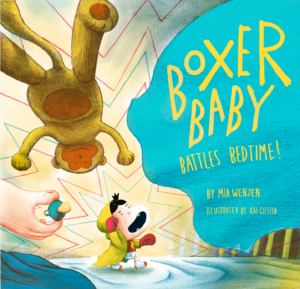 Amazon / Signed or Inscribed by Me
Amazon / Signed or Inscribed by Me
Food for the Future: Sustainable Farms Around the World
- Junior Library Guild Gold selection
- Selected as one of 100 Outstanding Picture Books of 2023 by dPICTUS and featured at the Bologna Children’s Book Fair
- Starred review from School Library Journal
- Chicago Library’s Best of the Best
- 2023 INDIES Book of the Year Awards Finalist
- Green Earth Book Award longlist
- Imagination Soup’s 35 Best Nonfiction Books of 2023 for Kids
Amazon / Barefoot Books / Signed or Inscribed by Me

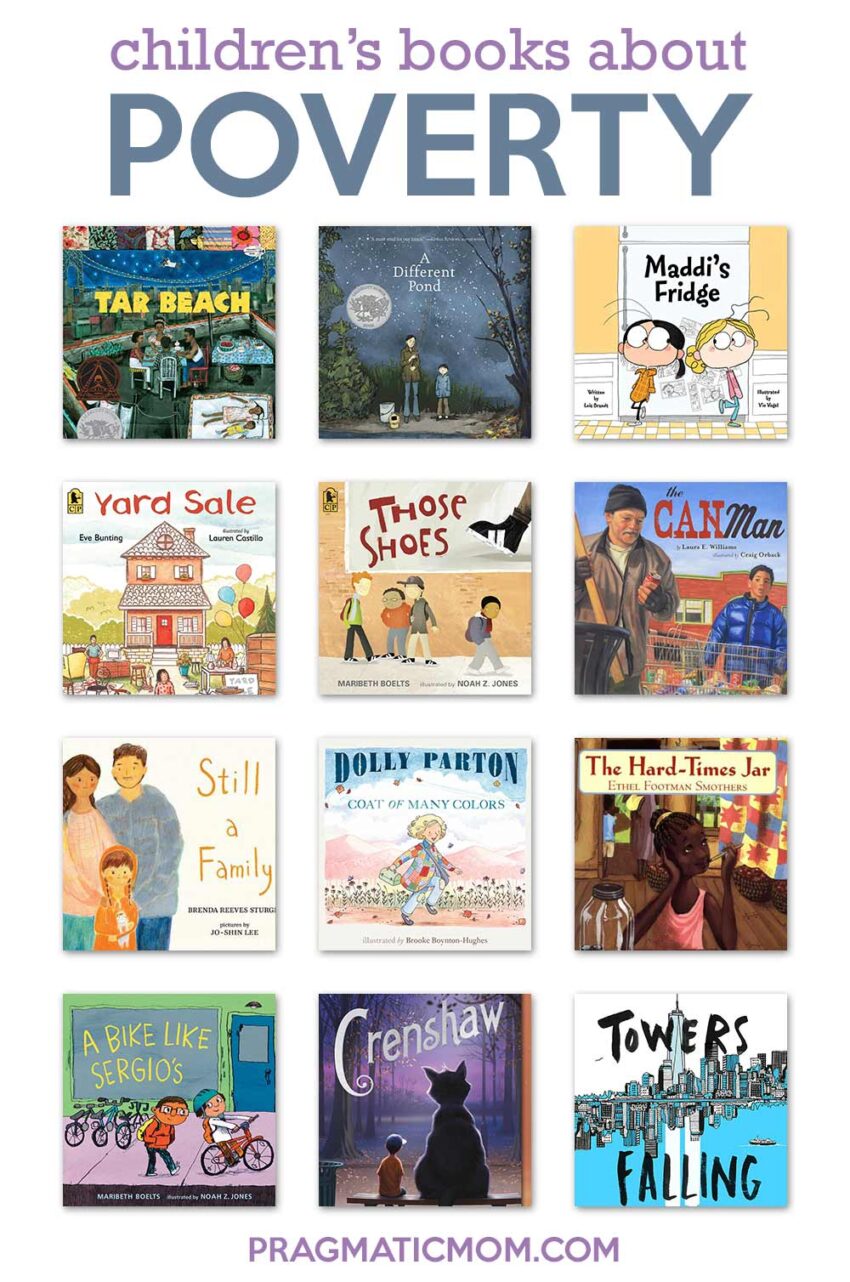
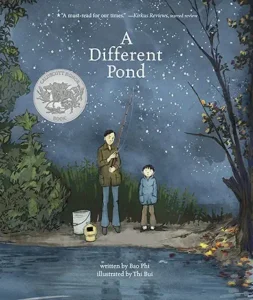
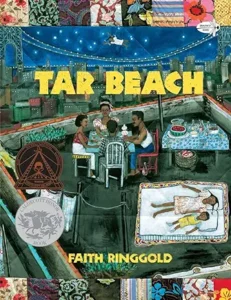
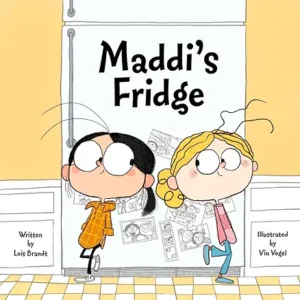
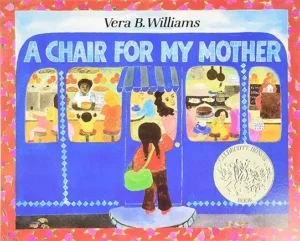
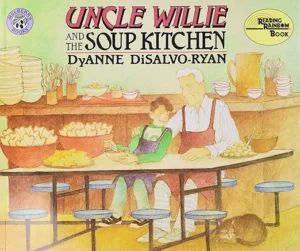
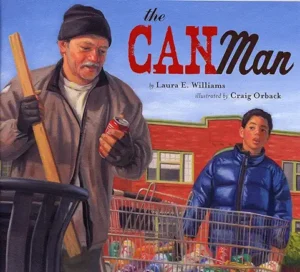
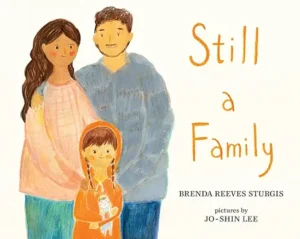
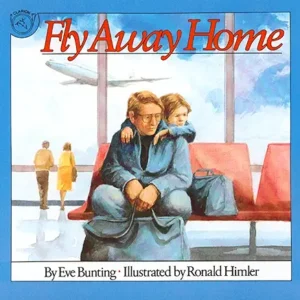
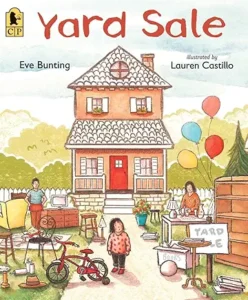
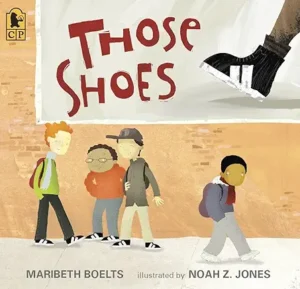
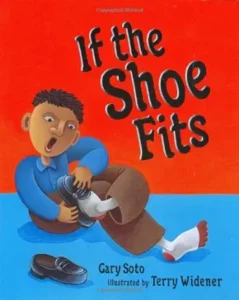
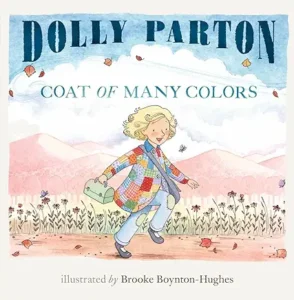
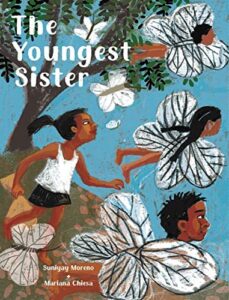
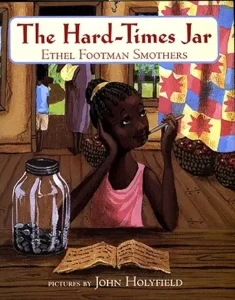
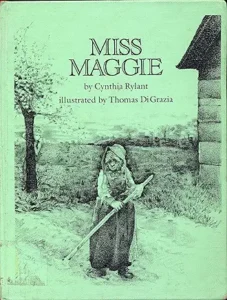
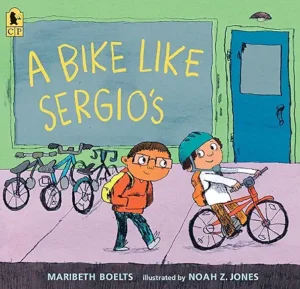
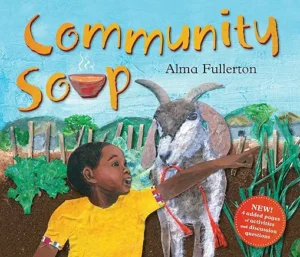
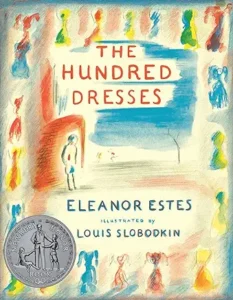
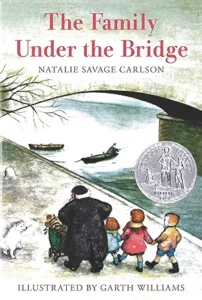
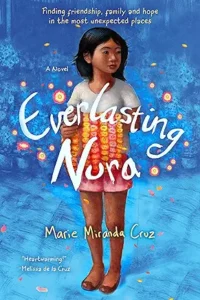
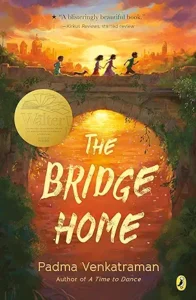
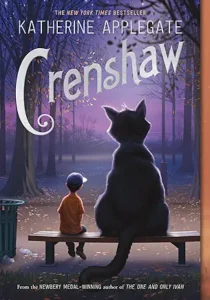
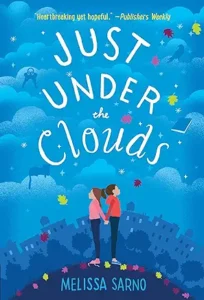
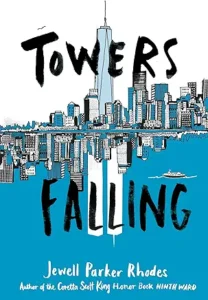
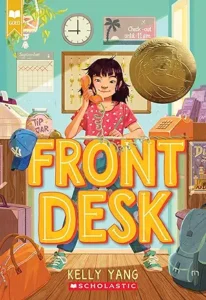
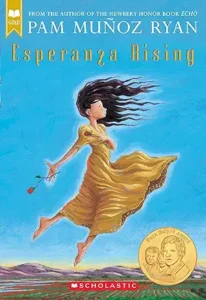
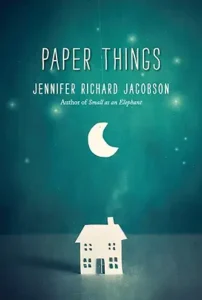
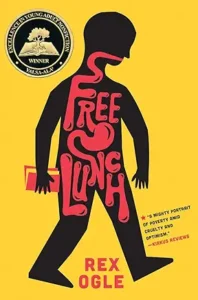
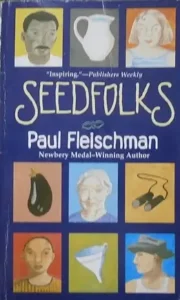
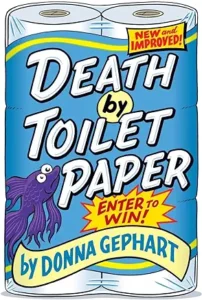
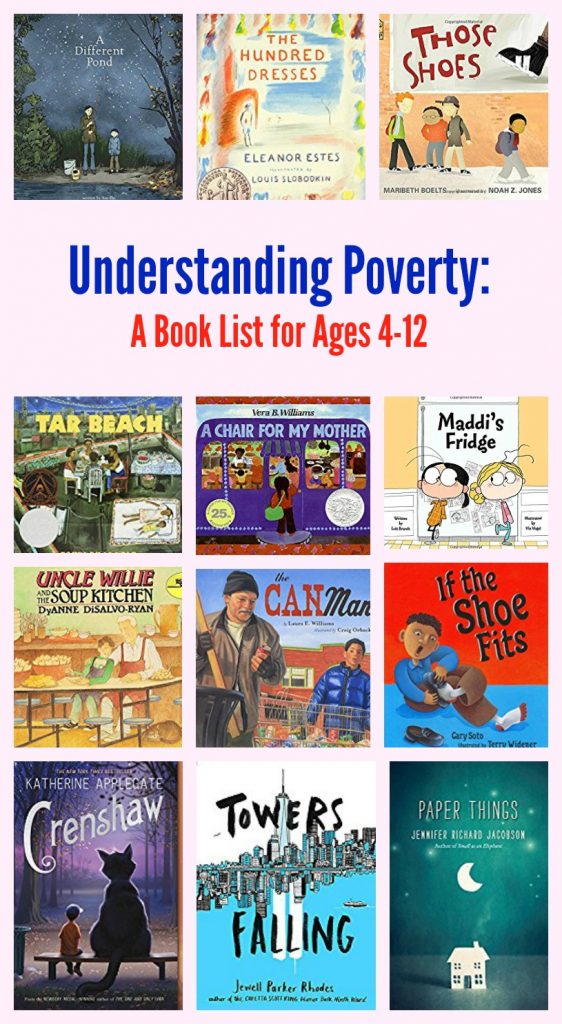

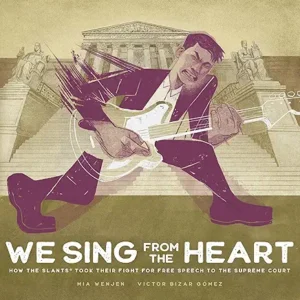
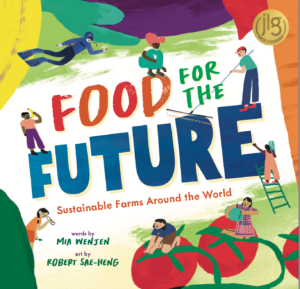
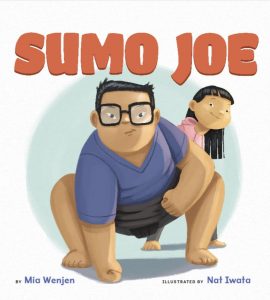
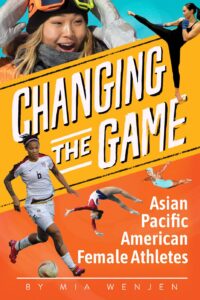
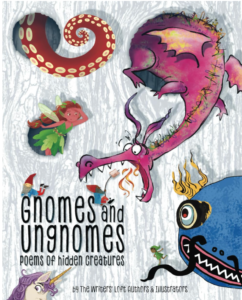

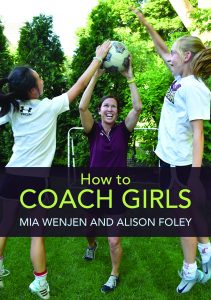
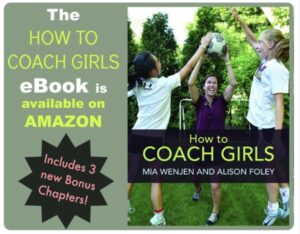
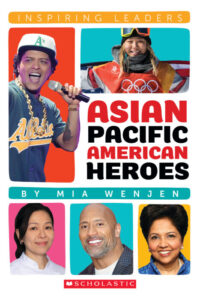

Great list–thanks for compiling it.
Thanks so much Kathy! It’s a labor of love!
Great list. Another PB I reviewed recently was “I See You,” by Michael Genhart about a boy observing a homeless person on the street and what he does to help.. Magination Press. It is wordless and powerful. You may want to add it to you list.
Thank you so much! Sounds like a great book. I will hunt it down and add it to the list. I just requested it from my library.
“Reading Books” is my hobby, nothing gives me such pleasure like this.
By the way, thanks for your good list.
Keep it up
Thanks so much Galib!
I’m searching for an old children’s book that told the story of a young poor girl who decorated the corner of her house b/c she didn’t have a bedroom. Ring a bell to anyone???
The Little Match Girl
by Hans Christian Andersen